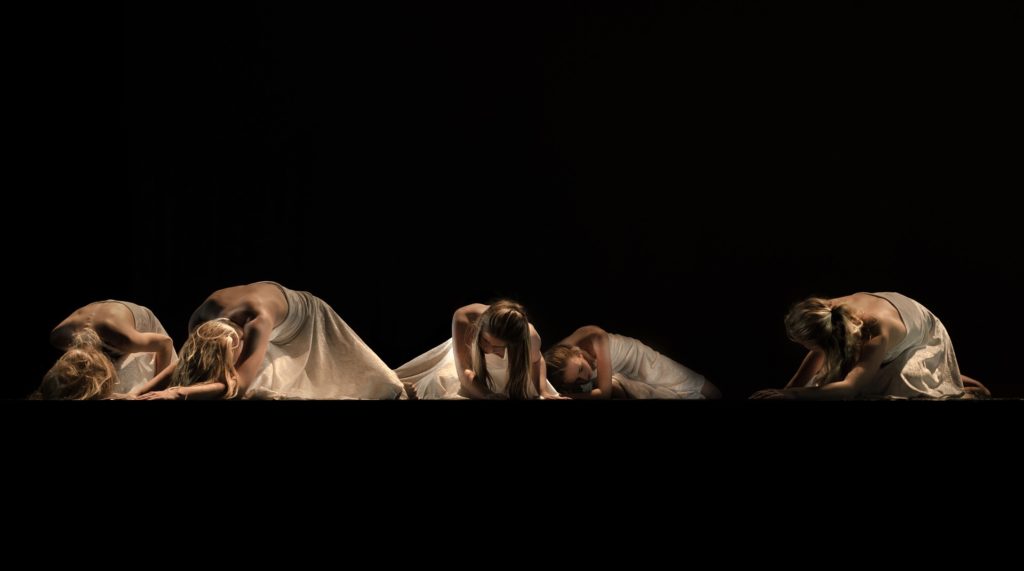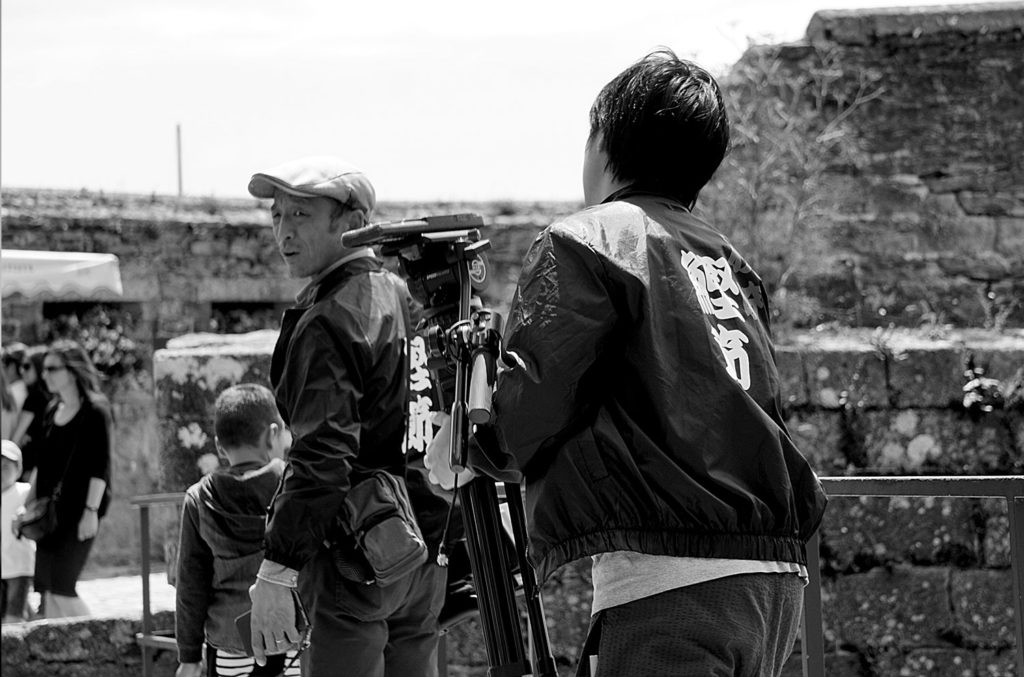There is more to editing than just joining the scenes together. It is the vital part of movie making process. Direction and editing both should be in sync to achieve the best output of any project. Like direction, editing too is a work of art and the strength of a good editing lies in the fact that audience doesn’t even notice it at all. Role of an editor is very crucial, considering that they can make or break a project; it is therefore important to ensure that you keep the flow of scenes intact with ideal pace, cuts and sound to make the video dramatically effective. Editing job requires utmost attention and patience, and the editor should follow the ground rules for an effective edit.
1. Cuts

Cuts are essential to maintains pace in the video. It takes up about 3 seconds for an average person to adjust to change in shot so cutting within 3-5 second frame is usually the best way, however be cautious to avoid jump cuts unless you really need to do that. Motion cuts are very popular with editors as these help distract viewers from noticing the edit. Various types of cuts can be used to effectively make a stunning video
- Cut on match: cut on shots similar in terms of angles of view and camera position
- Cut on action: Cut to emphasize on a person’s action to match with the flow of scene
- Cut on cross frames: Cut between two actions to reveal a character or a prop
- Cut on empty frame: Cut on empty frame to introduce a character and subsequently let the subject come in focus
- Cut on dialogue: Cutting after an emphatic part of a dialogue to increase impact of a particular scene
2.Transitions

Transitions are like bridges linking two shots to help your audience connect to a scene in the film. Different types of transitions can be applied between cuts to support the content and compliment the mood of that particular scene.
- Fade in/out: Most used transition, fade in/out implies the beginning or end of a scene.
- Dissolve: Frames dissolve unnoticeably into the next, where the first clip fades out making way for next clip to fade in
- Wipe: One shot pushing another off the screen to draw attention to the current shot
- Cut away: Shot moving from first action to another and eventually coming back to the first. This transition is good for changing the pace, showing flashbacks or editing boring/ lengthy scenes.
- Iris: Circle, star or heart masking to close the picture to a black screen. Although an old fashioned transition technique, it was used in some recent films like Departed, star wars.
3. Pace

There should be a perfect flow in frames to make it more engaging for the audience. Pacing of shot is important to create a mood or evoke desired emotions. Length of a shot is determined by information contained in that particular shot. Long takes often slow down the tempo of a scene as compared to the short takes that uphold interest in the scenes, however too much of cut might end up making the scene jumpy. To even out on this, editor has to take an intuitive decision and rely on instinct that this is going to affect positively. Few things should be taken into consideration to maintain the perfect pace
- Moving shots should take more screen time than the static ones
- Length of shots should vary in a sequence to make it more dynamic
- More content in a shot, longer the length on screen
4.Sound

Not just visuals, but the sound also plays an important part in a video and therefore it should sync well with shots. Sound is how a film can evoke a particular mood or emotion from an audience. A badly mixed sound can totally take away the effect that visuals intend to create. Once sorting and editing of shots is finished, it is time to see that the dialogues, background music, effects and music scores are all ready for the final mix. Different types of sounds are used for sound effect in a video apart from the location sound mixing and ADR for dialogues.
- Background: Subtle sound used to create an ambience or effect. E.g. sound of people talking in background, phone ringing or kids playing or some distant music playing in background
- Foley: Audio detail of an action like clicking of heels, paper crumbling, sound of kicks and punches in an action sequence etc.
- Hard sound: Sound creating hard effects like a gunshot, door slammed loudly or a screeching sound of a vehicle.
- Music Score: Music composed for background or ready to mix scores used for a film




